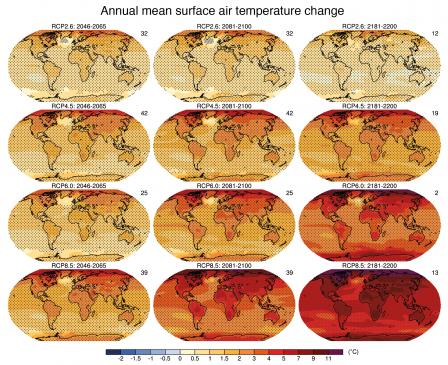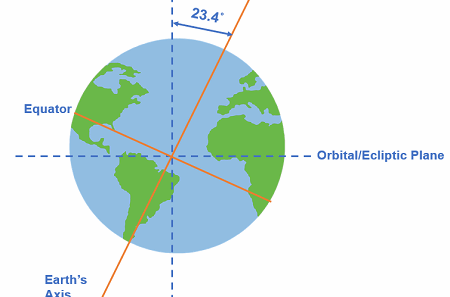Australia, known for its diverse ecosystems and captivating landscapes, presents a fascinating tableau of climatic variations. Stretching from the tropical stretches of the north to the temperate zones of the south, Australia’s climate is marked by contrasts that shape not only its natural environments but also the lifestyles and cultures that thrive within them. This vast continent, the world’s sixth-largest country, offers an array of climate zones, each contributing to a unique environmental mosaic.
At the crux of Australia’s climatic diversity lies its geographical expanse and intricate topography. The Northern Territory, glistening beneath the equatorial sun, embodies the quintessential tropical climate. Characterized by a hot, humid wet season and a dry season, regions such as Darwin experience a pulsating rhythm of biodiversity. Tropical rainforests flourish here, teeming with life, while the iconic monsoonal floods rejuvenate the land. Indigenous flora and fauna have adapted expertly to these seasonal fluctuations, showcasing resilience and evolutionary ingenuity.
As we traverse southwards, the climate transforms dramatically. The eastern seaboard, extending from Queensland to New South Wales, introduces the subtropical climate zone. This region features warm, humid summers and mild winters, creating an ideal setting for agriculture and settling. The Gold Coast, with its surf-laden beaches, and Sydney, with its iconic skyline, exemplify how subtropical conditions foster bustling urban life intertwined with nature. However, this beauty belies challenges. In recent years, increased temperatures and erratic rainfall patterns have raised alarm bells among environmental scientists, signaling a need for sustainable practices to mitigate the effects of climate change.
Venturing further south, one encounters the temperate regions, such as Victoria and Tasmania, where a more moderate climate prevails. Here, four distinctive seasons create a rich tapestry of changing landscapes. Warm summers give way to crisp autumns, painting the scenery in shades of amber and crimson, while winters introduce cold snaps and occasional snowfall, particularly in higher altitudes. This seasonal variability fosters verdant forests, agricultural diversity, and vibrant ecosystems. The unique climatic conditions have also made this region a thriving hub for wine production, with acclaimed vineyards dotted across the landscape.
Yet, the allure of Australia’s climate reaches beyond mere aesthetics. It invites scrutiny regarding its climatic extremes and their implications. The arid interior, known as the Outback, starkly contrasts with the lush coastal belts. This arid climate, dominated by high temperatures and scant rainfall, challenges both human and ecological resilience. The scarce water resources necessitate adaptations not just among plant and animal life, but also among the communities that inhabit these remote areas. Here, survival hinges on the strategic management of water resources and the implementation of sustainable agricultural practices, underscoring the delicate balance between human activity and natural systems.
Moreover, Australia’s climate is inextricably linked to the unique phenomena of El Niño and La Niña, which exert influence over rainfall patterns and temperature variability. These oscillations highlight the interconnectedness of global weather systems and introduce a layer of complexity to climate observations. For instance, El Niño events can exacerbate drought conditions in eastern Australia, whereas La Niña tends to bring increased rainfall, sometimes resulting in flooding. This cyclical dance between opposing climatic forces contributes to the nation’s climate identity and challenges policymakers to devise adaptive strategies.
Against this backdrop of climatic diversity, another profound observation emerges: the intersection of culture and climate. Indigenous Australians have long recognized the delicate balance of seasonal changes, ingraining their knowledge into cultural practices that respect and uphold the land. The traditional practice of cultural burning, for example, serves not only as a means of land management but also as a ritualistic homage to ancestral ties with the environment. Recognizing and respecting these methodologies is crucial for fostering a holistic understanding of climate in Australia.
As contemporary society grapples with climate change, the stakes continue to escalate. From devastating bushfires exacerbated by prolonged drought to catastrophic floods wrought by heavy rainfall, climate events have increasingly captured the Australian consciousness. These phenomena are not merely environmental occurrences; they are harbingers of the pressing need for action. Heightened awareness regarding climate change has ignited movements advocating for environmental policy reform, renewable energy investment, and community resilience initiatives to safeguard Australia’s extraordinary climatic heritage.
In conclusion, Australia’s climate reveals a complex tapestry of zones that extend from the tropical north to the temperate south. Each region is shaped by its unique conditions, fostering distinct ecosystems and compelling human narratives that enrich the national identity. Yet, as climate change looms, the fascination with Australia’s varied climates must transform into concrete action. Embracing sustainability and honoring indigenous practices are not only pivotal for preserving the environment but also vital for future generations who will inherit this land of wonder. Through understanding and proactive engagement, Australia can navigate the challenges posed by climate change and continue to thrive amidst its climatic extremes.




